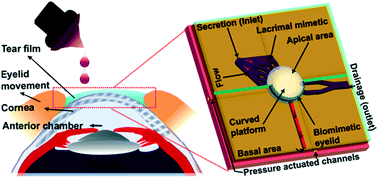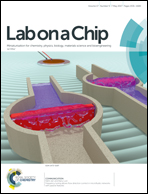Microengineered biomimetic ocular models for ophthalmological drug development
Abstract
Current ophthalmological drug discovery and testing methods have limitations and concerns regarding reliability, ethicality, and applicability. These drawbacks can be mitigated by developing biomimetic eye models through mathematical and experimental methods which are often referred to as “eye-on-a-chip” or “eye chip”. These eye chip technologies emulate ocular physiology, anatomy, and microenvironmental conditions. Such models enable understanding of the fundamental biology, pharmacology, and toxicology mechanisms by investigating the pharmacokinetics and pharmacodynamics of various candidate drugs under ocular anatomical and physiological conditions without animal models. This review provides a comprehensive overview of the latest advances in theoretical and in vitro experimental models of the anterior segment of the eye and its microenvironment, including eye motions and tear film dynamics. The current state of ocular modeling and simulation from predictive models to experimental models is discussed in detail with their advantages and limitations. The potential for future eye chip models to expedite new ophthalmic drug discoveries is also discussed.

- This article is part of the themed collection: Lab on a Chip Recent Review Articles


 Please wait while we load your content...
Please wait while we load your content...